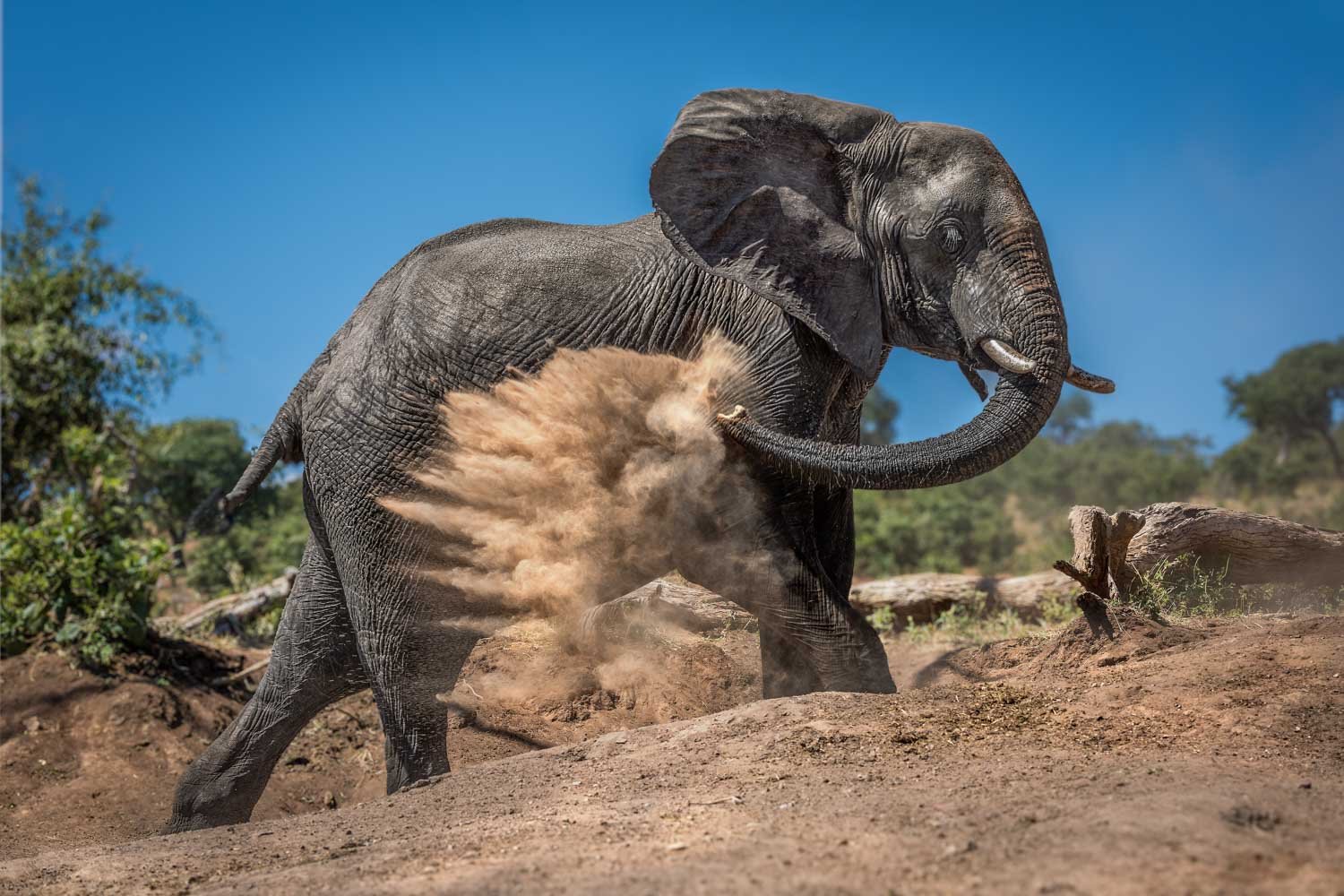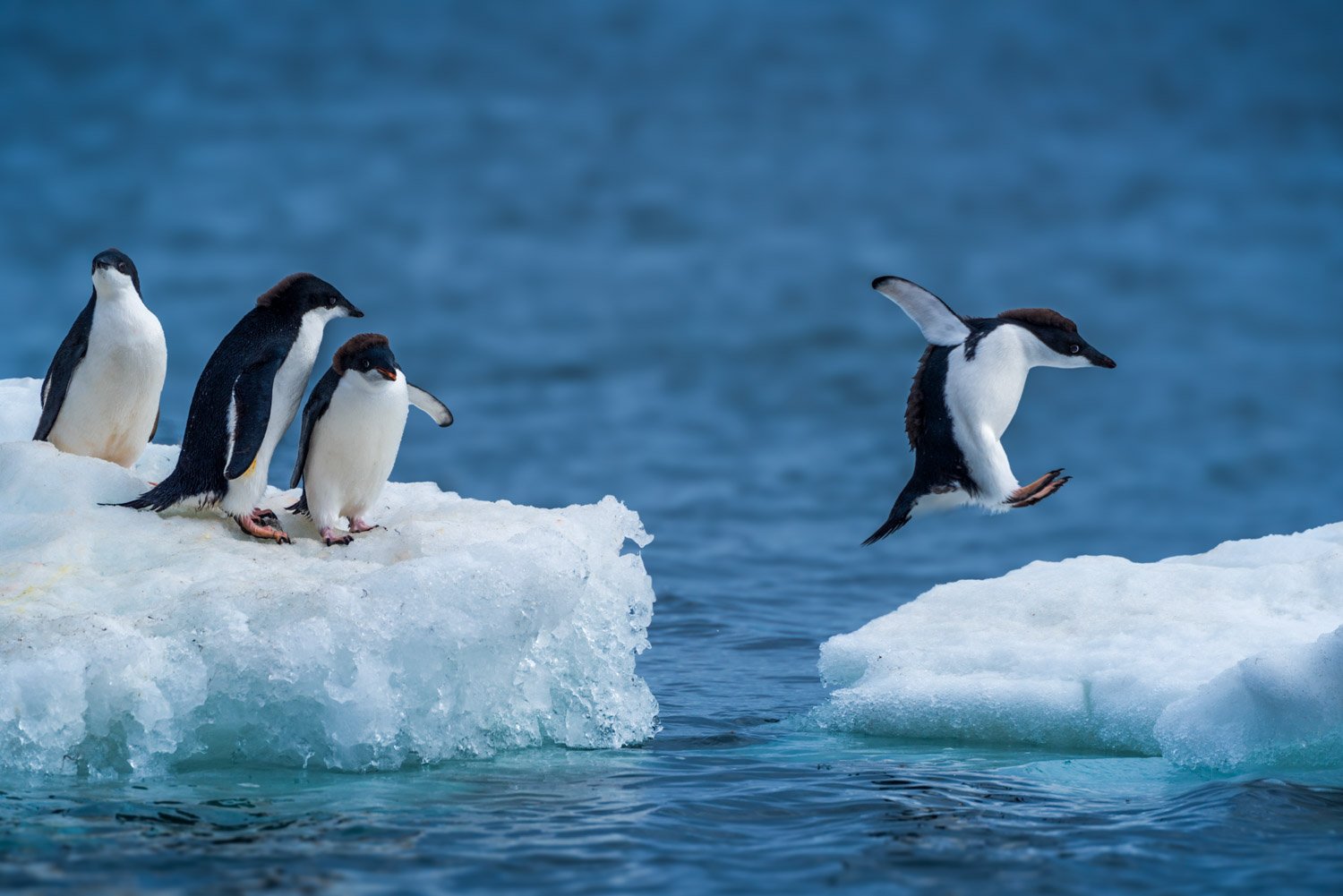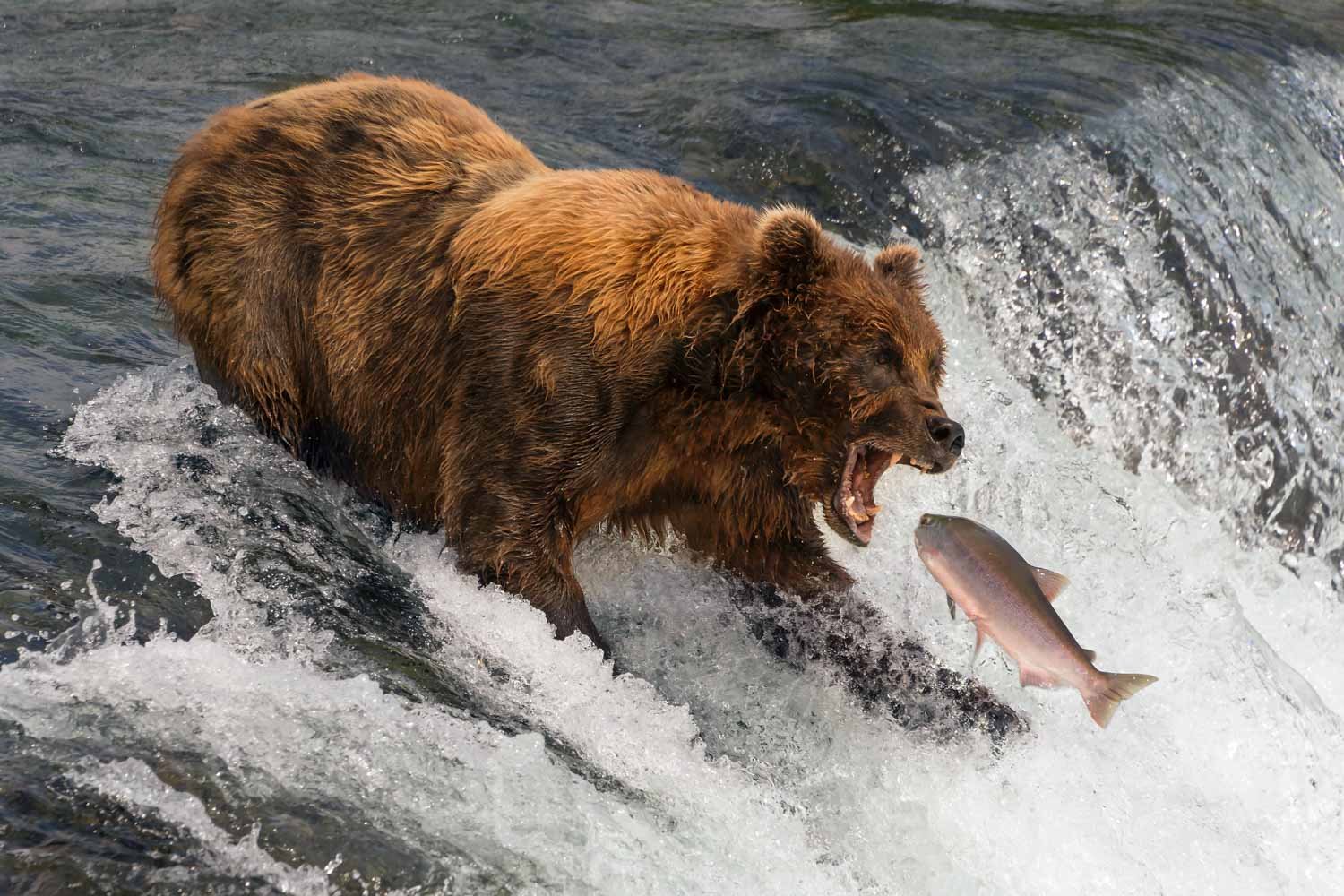Dust, Air and Spume!
“You are cleared for landing…”
Wings of Gold
According to Paul Goldstein, dust, air and spume are the “Holy Trinity of wildlife photography”. The idea is to show energy and movement by showing the dust thrown up by galloping hooves, animals and birds ‘getting air’ and the spume created by action shots in water.
These are all potential solutions to an age-old problem: how to capture movement in the static medium of photography. There are obviously other ways to do this, including slow pans and creative blur more generally. There are also other substances that can help illustrate movement, including snow, mist, fog, hail and rain—as well as wind. Finally, you can also combine different techniques, so you could try taking a slow pan of wildebeest in a dust cloud, for instance.
However, let’s stick with Paul’s Holy Trinity for the moment…
Dust
Paul part-owns the Kicheche camps in Kenya and spends a lot of time in Africa (as I do), so dust is his regular companion—especially in the dry season and during the Great Migration.
The value of dust is that it adds to the sense of confusion and chaos in action scenes and demonstrates that something fast and violent must be happening to throw up all that dust!
Dust Devils
If you have enough animals in your shot, the dust can also create the equivalent of aerial perspective. This adds depth by making each successive row of animals slightly fainter and less distinct—and also blotting out a potentially distracting background!
The Way to Dusty Death
Another great source of images is the dust bath. Elephants like them as they help prevent sunburn and insect bites, and you can get some good action shots if you go somewhere like Chobe National Park in Botswana during the dry season, when you sometimes get herds numbering in the hundreds.
Finally, dust creates visible highlights and shadows in the air. You can get some lovely, dappled lighting effects as the sun illuminates most of the dust cloud while some animals block its rays, leaving streaks of darkness.
From Dust 'til Dawn
Air
Wildlife photographers spend a lot of their time trying to get action shots rather than portraits. This often means animals or birds getting air—in other words, jumping and flying.
The main benefit is to make clear that the subject is in motion—there’s just no other way to hold a position in mid-air!
My best-selling image of all time shows an Adélie penguin jumping from one ice floe to another in Antarctica. It’s thrown its feet forward to land and its flippers out behind as a counterweight. Meanwhile, his mates on the other bit of ice are looking very dubious…!
You can get a similar effect when shooting animals that are galloping. Every now and then, impalas and elands take a running jump in mid-stride, and I even caught a guanaco doing the same thing on a ridge in Torres del Paine, Chile.
Jumping for Joy
The other obvious way of showing ‘air’ is by photographing birds in flight. There are obviously hundreds if not thousands of places to do that, but I find the best way of getting the shot is to start with a bird perched on a branch. That usually gives you all the time you need to dial in the right settings and wait for it to take off.
As well as being action shots rather than portraits, the added benefit to these images is that they show the bird’s plumage in all its glory—especially under the wings. A good example is the lilac-breasted roller. This is one of my favourite birds, but you can’t really see it to best advantage unless it’s in flight.
I did once get lucky when a roller fluttered its wings just when I pressed the shutter button…
…But I usually have to wait until it’s in mid-air.
Spume
‘Spume’ is just another word for ‘foam’ or ‘spray’, and I suppose it’s the marine equivalent of dust. Any kind of action in or on the water will throw spume up into the air, and you can use it in a similar way to dust.
I once saw a leopard seal ‘playing’ with a penguin carcase off the Antarctic peninsula, and there was spume everywhere!
You can also see spume when animals cross rivers or other waterways. The classic example is the Mara river crossing in Kenya and Tanzania. I went to see it in August 2023, and I managed to take hundreds of shots of blue wildebeest crossing the river in spray—both at high shutter speeds…
Spray on
…and slow.
Spray Tan
One of the best avian equivalents is Lake Kerkini in Greece. There, you can see Dalmatian pelicans taking off and landing on the water. I went there for a few days in February 2023, and it was almost a ‘controlled environment’—the pelicans just wanted fish, so you could put them pretty much wherever you wanted them to be at any time of day!
On the Hop
You can also go somewhere where you’re guaranteed spume, such as a waterfall. I went to Brooks Falls in Alaska in 2015, and the cascades complemented the action perfectly.
Verdict
To recap, dust, air and spume are a great way to improve your action shots by adding a complementary element that emphasises the energy and motion of your subject. Adding one of them to your composition is something you can do consciously by going to a specific location or looking for a specific shot, but it will also often happen by accident.
Either way, it’s a useful tool to have.
If you’d like to order a framed print of one of my wildlife photographs, please visit the Prints page.
If you’d like to book a lesson or order an online photography course, please visit my Lessons and Courses pages.






